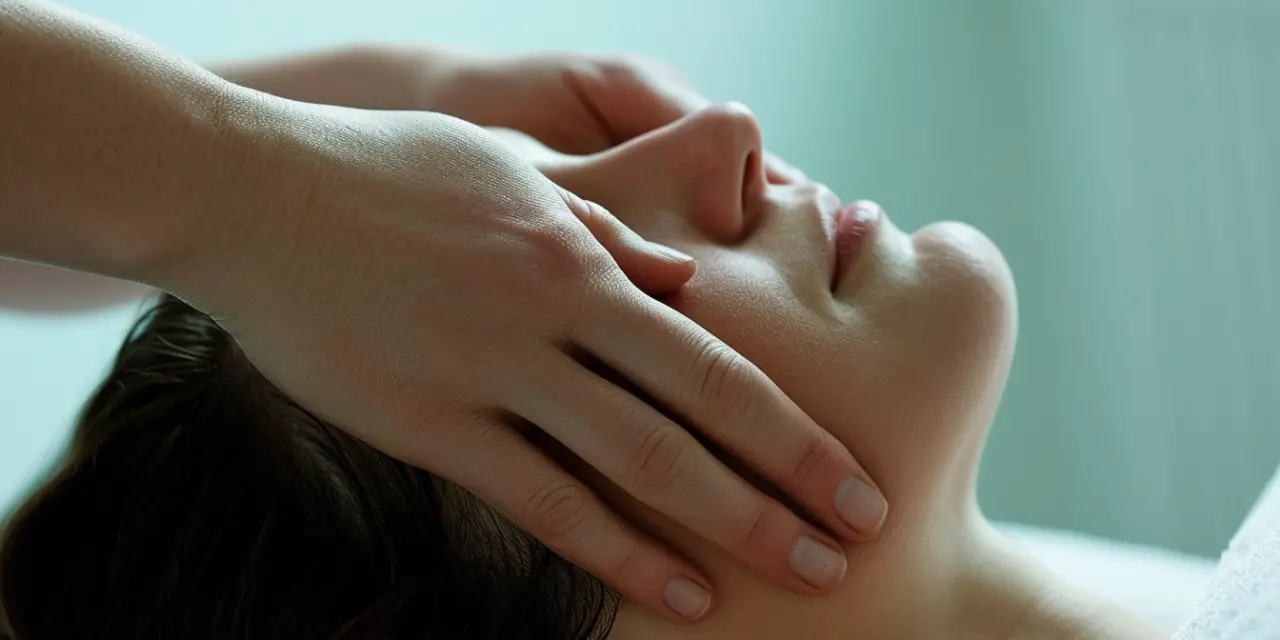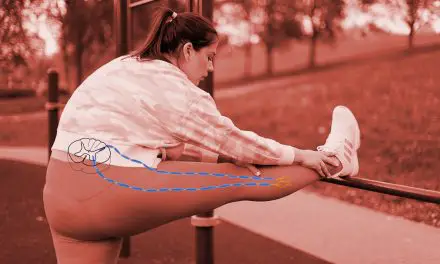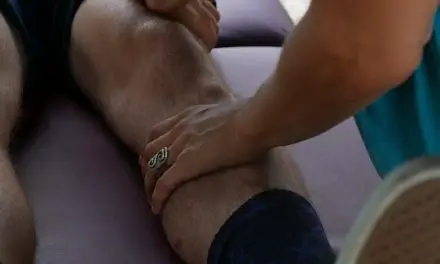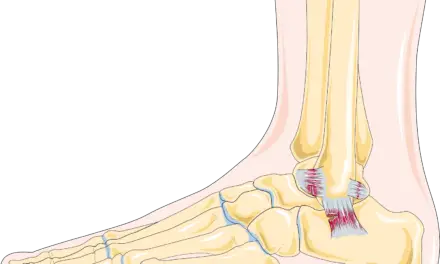Traditionally, craniosacral therapy (CST) is a gentle type of manual therapy that focuses on treating the membranes and cerebrospinal fluid that surround the brain and spinal cord—collectively, the craniosacral system.
Practitioners use light touch to release tension and stress, believing low amplitude of the craniosacral rhythm indicates low vitality in the person. It can be used on a variety of conditions, including headaches, chronic pain, scoliosis, and musculoskeletal pain.
Critics often question the underlying principles of craniosacral therapy, which posits that gentle manipulation of the skull and spine can influence the flow of cerebrospinal fluid and promote healing. While some patients attest to positive experiences with the treatment, the lack of robust scientific evidence supporting its claims has led to a divergence of opinions within the medical and scientific communities.
What is craniosacral therapy?
CST is not technically a type of massage, but it’s considered a form of bodywork. Despite both CST and massage involving touch, they differ in their techniques, treatment goals, and underlying principles.
Born out of osteopathic principles in the late 19th century by W.G. Sutherland, CST’s main tenet is that craniosacral rhythm is a reflection of your body’s overall health and wellness.
The touch points in CST are the main anatomical landmarks of the system: the skull, spine, and pelvis. Hand placement is said to help release tension in your connective tissue, or fascia. Gentle touch and light palpation are used to assess the rhythm and identify any irregularities.
A typical CST session lasts about an hour. During that time, the therapist assesses your rhythm and then uses gentle touch to release and restrictions that are identified. Patients remain fully clothed during a session.
What is CST supposed to do?
Practitioners of CST have used the techniques since the early 1900s to drive pain relief from a variety of conditions including headaches, musculoskeletal pain, and cancer treatment. It’s suggested that CST can create changes in sensory, motor, cognitive, and emotional processes. After treatment, a patient may feel decreased muscle tone, pain relief, deep relaxation, and less anxiety.
Migraine
A recent randomized-controlled trial in Medicine assessed the efficacy of CST for the treatment of migraine. Nearly 90 participants were assigned to CST or light touch sham treatments. Participants self-reported headache intensity and headache frequency; both groups decreased at follow-up which suggests that the benefits of CST may be due to non-specific factors, such as placebo or other contextual factors.
These results raise questions about the efficacy of CST because it could be that improvements are not a direct result of the unique features of the technique, but rather the result of psychological factors, expectations, environment, or other non-specific effects.
TMJ
Temporomandibular myofascial pain syndrome has a psychological component that may benefit from CST. The gentle palpation of the fascia in the face may decrease the upregulation of the nervous system that causes increased tone by regulating the body’s rhythms and releasing fascial restrictions along the length of the spine.
Anxiety
Anxiety is typically classified as a psychological condition but can be accompanied by physiological symptoms. People with generalized anxiety disorder (GAD) often express feelings of restlessness, increased muscle tension, insomnia, and being on edge.
In a 2011 study, more than 100 patients with fibromyalgia were randomly assigned to placebo or intervention groups. Those in the intervention group were treated with CST twice weekly for 25 weeks while the placebo group received twice weekly sessions of ultrasound where the probe was not connected to the machine.
Six months after the 25 weeks, the group receiving CST showed decreases in anxiety but these changes did not persist. Based on these findings, it’s worth stressing that while CST did have some short-term impact on anxiety, there was no long-term improvement in these patients. This underscores the need to consider both short- and long-term outcomes when determining whether an intervention is valuable.
Fibromyalgia
Fibromyalgia is a condition that causes widespread pain and tenderness in the muscles, ligaments, and tendons throughout the body. People with fibromyalgia may also experience fatigue, sleep problems, difficulty concentrating, cardiovascular changes (postural intolerance, Raynaud’s), and dysfunction of the autonomic nervous system.
CST claims to address several of these factors with one gentle treatment. One study examined the effects of CST on the tender points and heart rate variability in patients with fibromyalgia. Ninety-two patients were randomly assigned to treatment and placebo groups. Those who received treatment had CST sessions for 20 weeks.
Following treatment, those who received CST had significant reductions in pain and improved heart rate variability.
Can you do CST on yourself?
To some extent, there are techniques you can learn to perform on yourself to help support your progress between sessions. CST practitioners stress the importance of learning this practice from a qualified clinician before trying them at home.
Pressure is an important aspect of CST. When treating yourself, the pressure applied should be about what it feels like when a coin is resting on your skin. Once the amount of pressure to apply has been mastered, the specific areas that you will palpate depend on what condition is being treated.
What can you expect from a CST session?
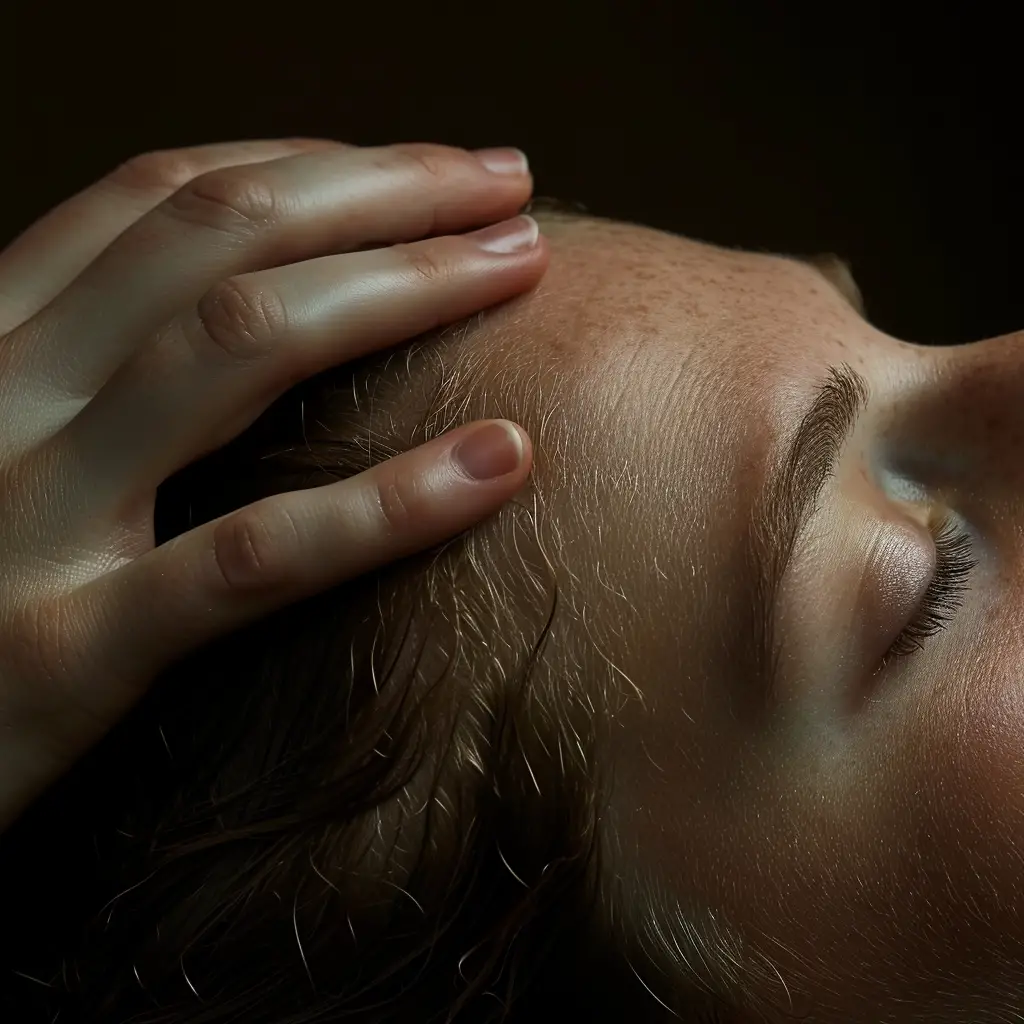
Image: Nick Ng
Your session will last about an hour. During this time, the therapist will discuss your health history and current issues. Once the hands-on portion starts, you remain fully clothed as you lie down on the treatment table.
The therapist will use very light touch to “assess” your craniosacral rhythm through touch points in your head, spine, and pelvis. If they find “restrictions,” techniques to “release” the tension and restore the rhythm will be used. You may likely feel relaxed during a session, feeling a pulsing or a warming sensation over your body.
Is CST safe for babies?
CST is safe for children and babies. Treatment goals can be preventative or therapeutic. A recent study in Complementary Therapies in Medicine examined patient/parent responses to the use of CST in over 100 conditions that are defined by ICD (International Classification of Diseases) codes. In these patients, symptom intensity and disability decreased while quality of life and personal resources improved.
A 2022 study published in the same journal also suggests that CST is a potential treatment for infant colic. A randomized controlled trial with 58 participants (29 babies in each group) found that infants who received CST spent fewer hours crying, and more hours sleeping than those in the control group.
On the other hand, while death from CST is extremely rare, there have been catastrophic events linked to the treatment. In both instances mentioned in the article manipulation, or deep bending, of the vertebral column seems to be where the injury to the vascular system occurred.
Vertebral column manipulations are widely used to treat neck and back pain in adults and various other conditions. However, there’s no conclusive evidence supporting their effectiveness in infants, and two cases of infant deaths raise concerns about the risks associated with these techniques.
Do you need a license to practice craniosacral therapy?
CST is considered a “touch modality” and is typically governed by the massage board in any given state. In some states, these practitioners are exempt from licensing requirements. It’s the practitioners’ responsibility to know license requirements in the state where they practice.
States that require a license to practice CST may also require that a practitioner completes an accredited craniosacral therapy training program.
Is CST legit?
Despite many success stories with CST, mainstream medicine has not embraced this type of therapy for a few reasons. Although some research shows positive effects, it’s often hard to separate the reported results from placebo. If you’re experiencing pain or anxiety and attend a treatment session with breathing techniques, light massage, and a calming atmosphere, it may not be a stretch to come out of the session feeling better or more relaxed—especially if you’re being touched.
Along similar lines, if you trust your practitioner, and they tell you a treatment will be beneficial, you may be more likely to have a positive experience with that treatment modality (placebo effect).
CST does not have standard techniques or procedures. Practitioners use varying methods which makes it difficult to design rigorous scientific investigations. Unfortunately, there’s no consistent, reproducible approach to treatment in CST.
Also, from a biological perspective, the gentle manipulations of CST are unlikely to influence the flow of cerebrospinal fluid. Even if they were, the idea that the flow of cerebrospinal can bring about the type of health benefits CST claims is not consistent with what is known in modern healthcare.
But what about the studies that support the use of CST? In short—garbage in, garbage out. A recent meta-analysis of the therapy included 10 studies. Of those 10, eight were poorly designed or had negative results, one had too few participants to have any power in terms of research, and the last compared intervention and control groups that started with fundamental differences.
Craniosacral practitioners claim they feel the pulse of the fluid around the brain, but when multiple therapists have been asked to assess the pulse of a single patient they have been impressively different in their responses (worth noting: there is no evidence this pulse exists).
All said, CST may still be a complement to your care. A CST practitioner should not be your first-line healthcare provider; a medical doctor or physical therapist can provide guidance on your specific needs and how CST may play a role in your plan of care.
Lastly, the cost of CST should be considered. These techniques are typically not covered by insurance and can be quite costly. Sessions costing upwards of $250 are not uncommon with practitioners often recommending eight or more visits.
In conclusion, while CST may be a well-known alternative approach to health and well-being, it’s not well supported by robust literature or science. It’s crucial that the decision to pursue CST is made in collaboration with your traditional healthcare team to ensure a comprehensive, informed approach to health management.

Penny Goldberg, DPT, ATC
Penny Goldberg, DPT, ATC earned her doctorate in Physical Therapy from the University of Saint Augustine and completed a credentialed sports residency at the University of Florida. She is a Board Certified Clinical Specialist in Sports Physical Therapy.
Penny holds a B.S. in Kinesiology and a M.A. in Physical Education from San Diego State University. She has served as an Athletic Trainer at USD, CSUN, and Butler University.
She has presented on Kinesiophobia and differential diagnosis in complicated cases. Penny has published on returning to sports after ACL reconstruction and fear of movement and re-injury.
Outside of the clinic, Penny enjoys traveling, good cooking with great wine, concerts, working out and playing with her dogs.

